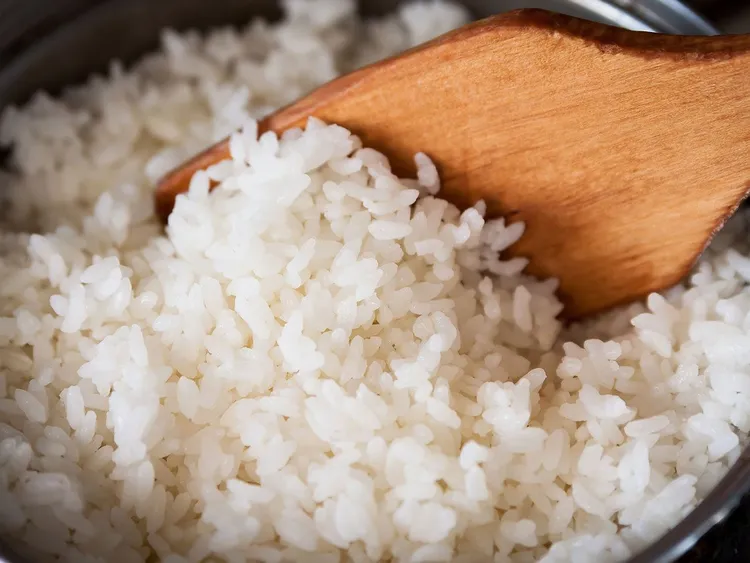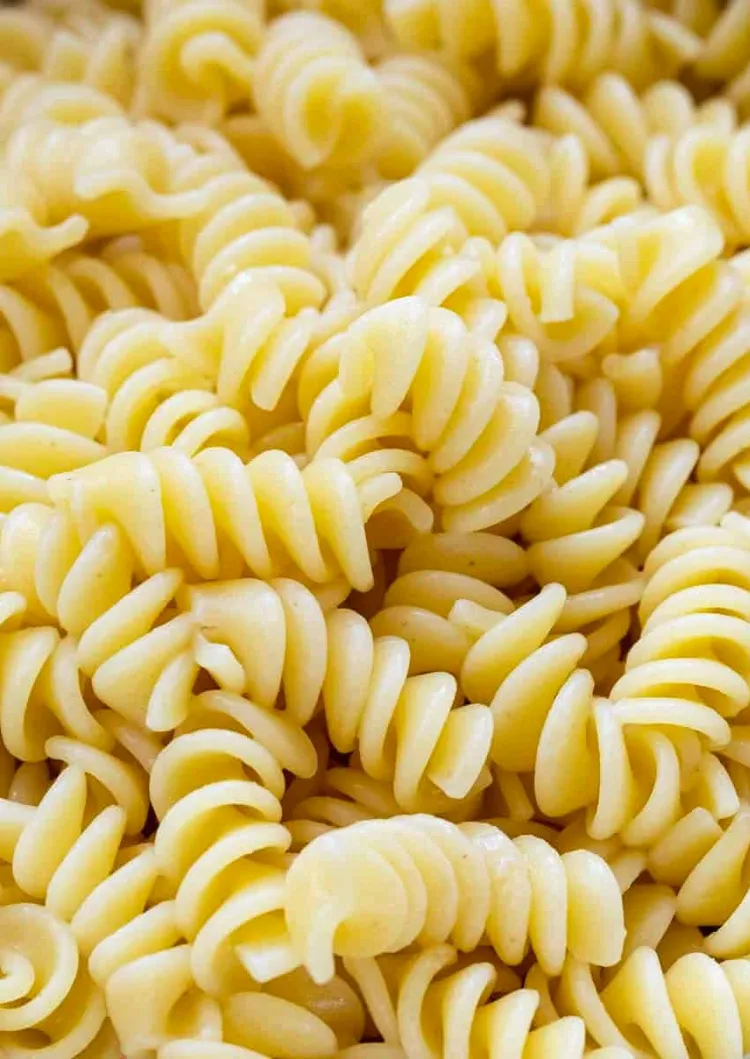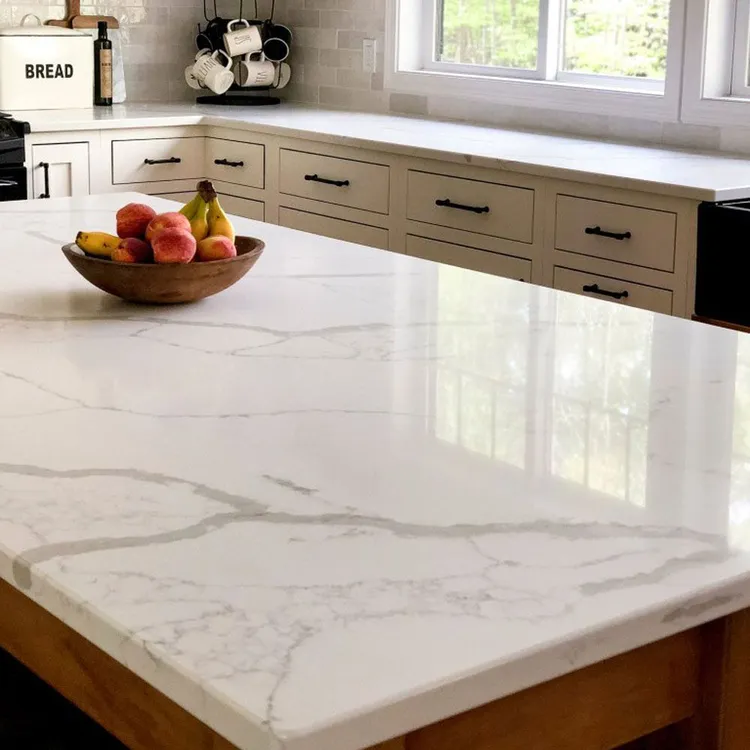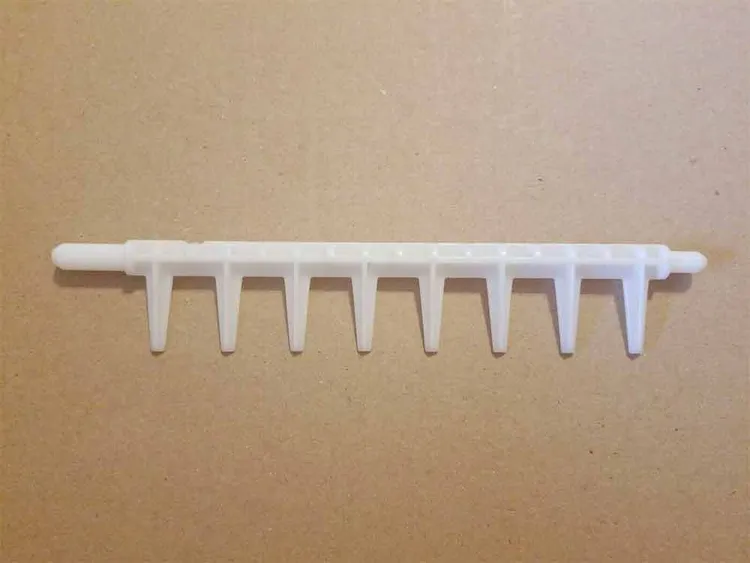Our recommendations are made independently through Research & Testing. We may receive commissions from purchases made via our links.
How to Freeze Peaches
Don’t want to put up with mealy off-season peaches? Learn how to freeze peaches and freshly preserve them in this short guide.
Peaches are seasonal, so if you love their sweet, succulent flavor, it’s worth it to learn how to freeze peaches. When properly frozen and preserved, they are far more enjoyable than off-season peaches, which can have a mealy texture and subpar flavor.
Frozen peaches can be eaten fresh or used as an ingredient for smoothies, jams, and confections.
Here is how to freeze peaches and preserve them for use throughout the year.
Can You Freeze Peaches?
You may have seen packaged frozen peaches in supermarkets and grocery stores before. Peaches are one of the few fruits that can be frozen and still taste excellent thereafter.
So don’t worry too much when you prepare your peaches to freeze. As long as you follow the outlined steps carefully, the fruits should come out fine.
How to Freeze Fresh Peaches
1. How to Choose the Best Peaches for Freezing
Fresh peaches are able to retain most of their flavor, fragrance, and texture even after freezing. But not all peaches are the same. Here’s a short guide on how to choose only the best.
Choose by Scent, Feel, and Coloring
When you choose peaches to freeze, always make sure that you select fully-matured fruits. A ripe peach is highly fragrant and, when lightly squeezed, should feel firm. The firmness indicates that the peach has just been picked. It’s best to avoid peaches that feel a bit soft.
Besides the scent and feel, you should also select peaches based on their colors. Good peaches have a very vibrant orangish or yellowish tint mixed with a deep red blush. Avoid peaches that have pale or inconsistent colorings.

Use Tree-ripened Peaches
If possible, we recommend buying tree-ripened peaches. You can typically find them in your local farmers’ markets. Commercial peaches found in supermarkets and grocery stores are usually picked before they’re ripe. This allows them to ripen at home, but affects the texture of the fruits somewhat.
Clingstone vs. Freestone Peaches
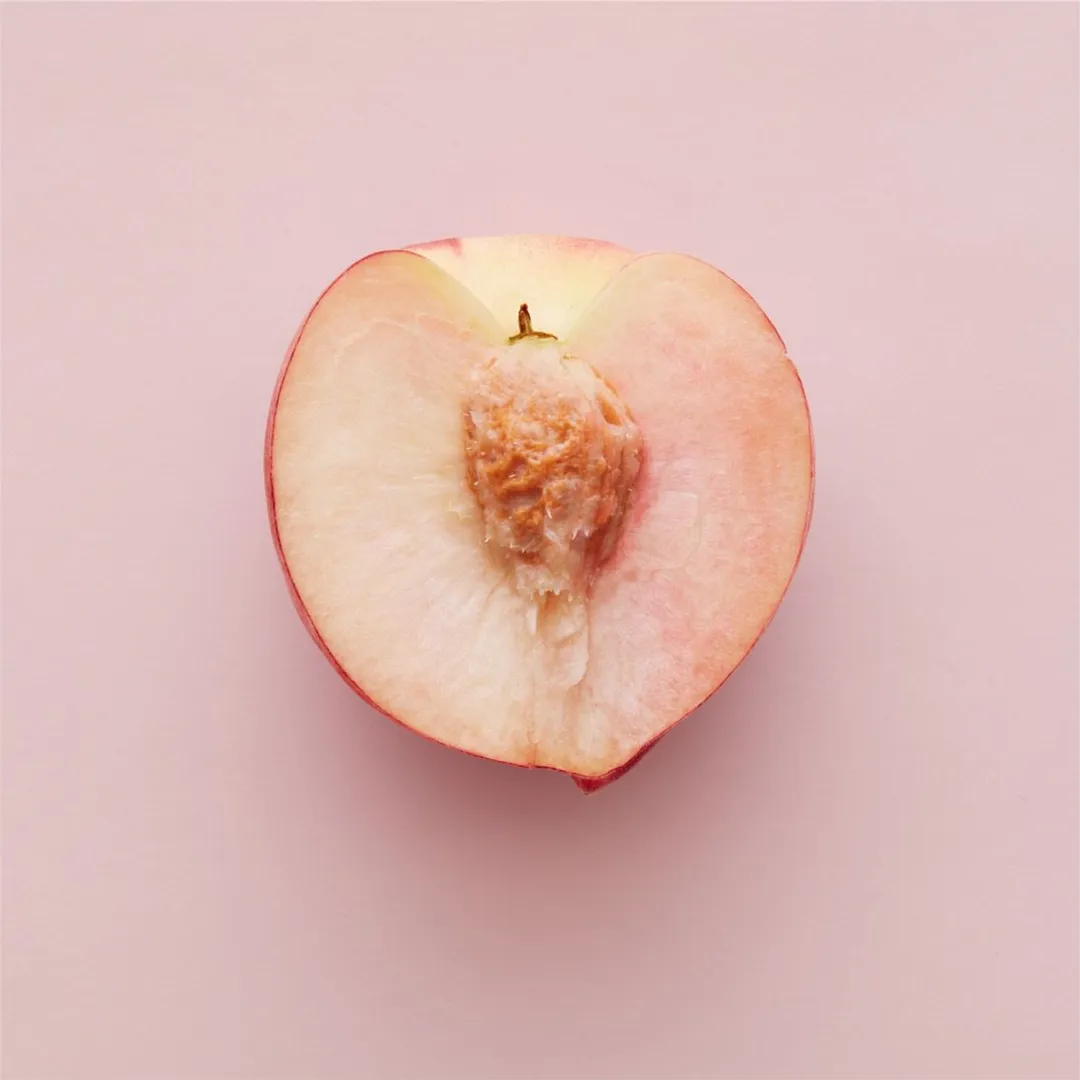
Two terms that you must be familiar with when it comes to peaches are “Clingstone” and “Freestone.”
The pit (or “stone”) of a clingstone peach clings tightly to the flesh. If you try to cleave a clingstone peach, you will find it challenging to separate it into two even halves. Separating the stone from the flesh is also going to be difficult.
The advantage of clingstone peaches is that they tend to be juicier and more flavorful.
On the other hand, a freestone peach is easier to split because the stone isn’t strongly attached to the flesh. When you cut it open, the fruit will fall into two halves easily. You will find it simple to pry the stone from the flesh, too.
Although freestone peaches aren’t as sweet as their clingstone counterparts, they are far easier to prepare.
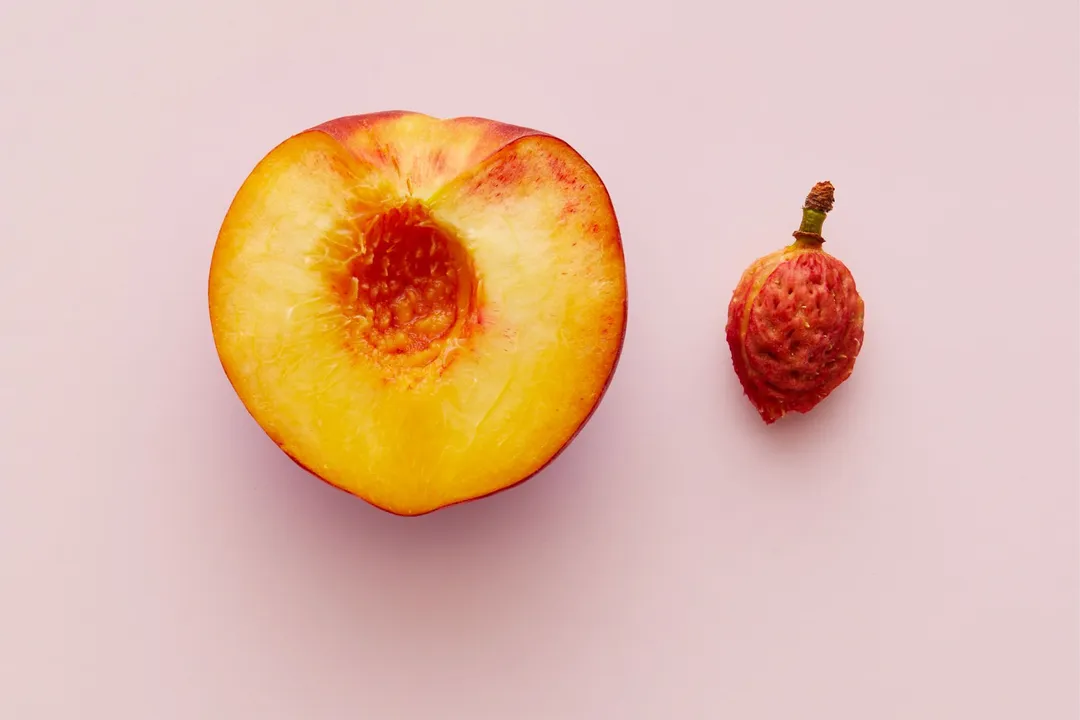
Depending on the time of the year, you can alternate between either type.
Clingstone peaches are usually in season from the middle of May all the way to early June.
Freestone peaches typically become available from mid-June to mid-August.
As for which type to choose, it boils down to the time of the year and your preference.Most people choose freestone peaches to freeze since they are easier to pit and slice. But if you want the extra juiciness and sweetness, you can also opt for clingstone. Both types can be frozen the same way.
2. How to Prepare Fresh Peaches for Freezing
Two key steps before freezing the peaches are blanching and peeling. Blanching will firm up the peach, bring out more flavors, and make the skin easier to peel. It will also eliminate the natural enzymes that make the fruits lose their taste, texture, and luster over time.
Blanching
First, cut an X at the bottom of each peach with a sharp knife. The X will allow the peaches to expand when you blanch them in hot water.
Next, prepare a pot of tap water alongside a bowl of ice water.
Put the water pot on the stove and boil. When the water starts steaming, lower three to four peaches into the water. Remove after 30 to 60 seconds.
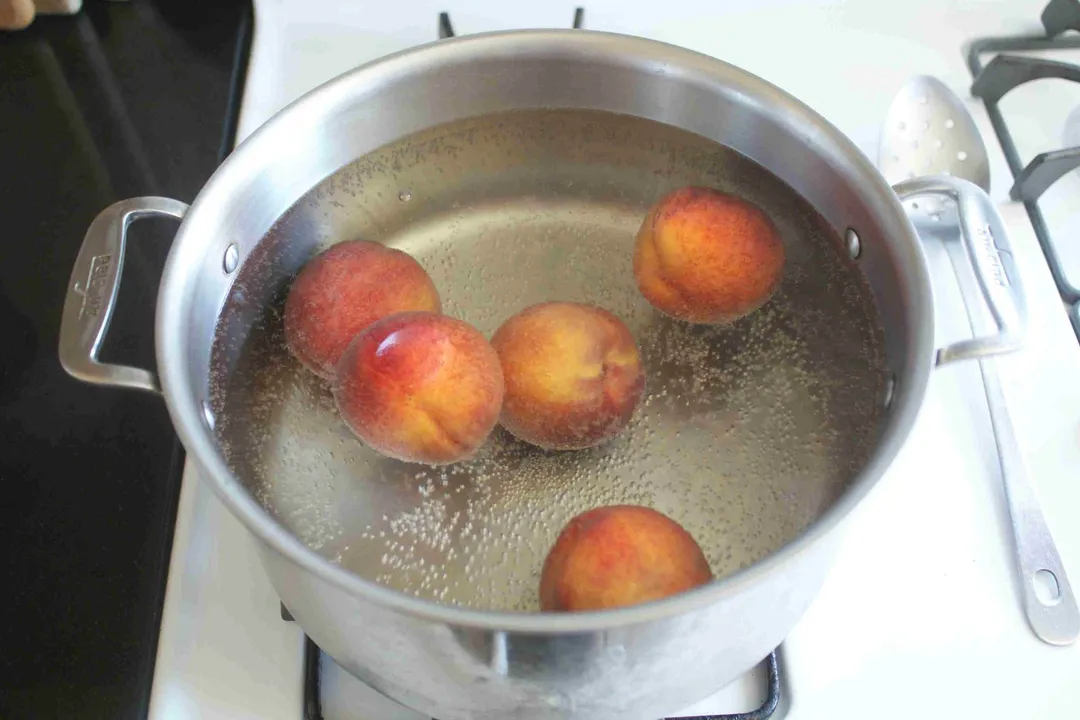
Pick up each peach with a slotted spoon and immediately put them into the ice water bowl.
Peeling
Once all of the peaches have been blanched, you can start to peel off the skin. You can either use a knife or just pull it off with your bare hands. Blanched peach skin comes away easily.
Take Out the Pit
With a sharp knife, cut down the peach from the middle and split it into two equal halves. Gently twist each half to reveal the pit within. Then, with the knife’s tip, carefully pry out the pit.
At this point, you have two options. If you want to freeze the peaches as halves, you can leave them as they are. If, instead, you want them sliced, do that now.
Color Keeping
Fruits tend to oxidize and turn an unappealing brown when they are left in open air for too long. In order to prevent browning, you can either use produce protector or lemon juice.
Produce protectors are special preservatives that can maintain the color of the fruit while also slowing oxidation. The primary ingredient in these protectors are usually ascorbic acid, also known as Vitamin C. It is an excellent natural preservative and, when mixed with peaches, gives them a healthy Vitamin C boost, too.
If you don’t have produce protectors at hand, you can mix water with lemon juice. Soak the peaches in this solution for about 5 minutes.
3. How to Freeze Peaches
The preparation is the most difficult and complicated phase. Freezing is fairly simple in comparison.
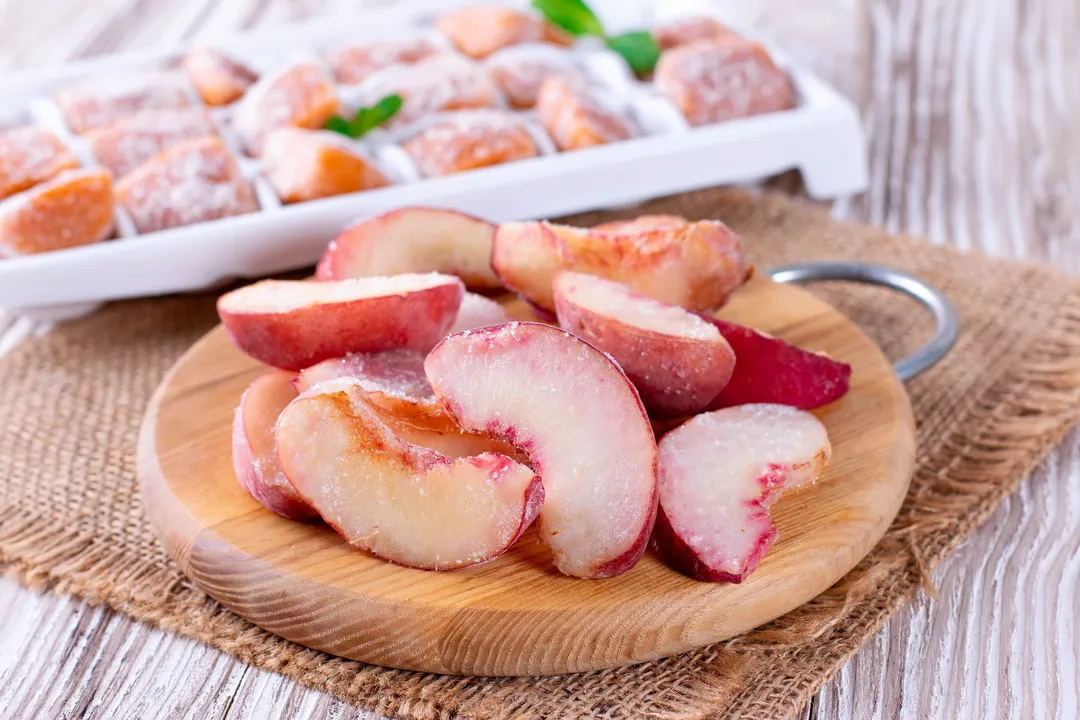
Arrange your peaches in a single layer on a baking sheet. Then simply place the sheet into the freezer overnight.
Check on your peaches the next day. They should be solidly frozen by then.
Transfer the slices either into a plastic container, a glass jar, or a plastic pouch. Store everything in the freezer.
How to Freeze Dry Peaches
Freeze-drying usually requires special machines, but you can actually do it at home with some dry ice.
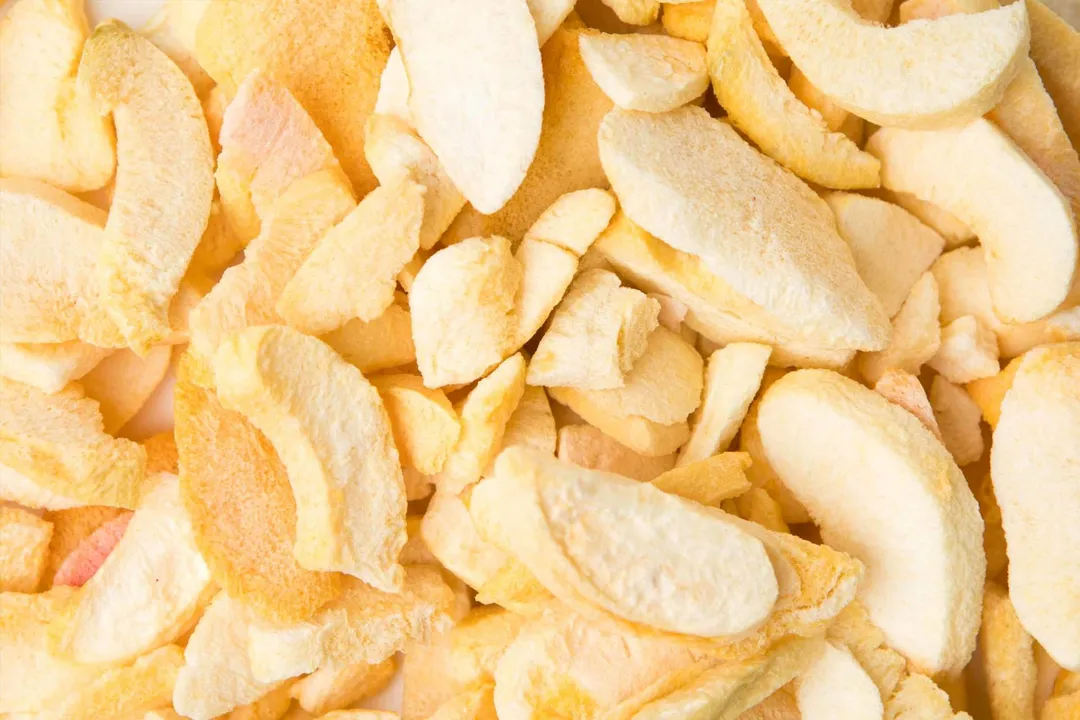
Dry ice is excellent for freeze-drying because of its extremely low temperature. This frozen carbon dioxide stays much colder than water ice, meaning your fruit also gets super cold. Over time, dry ice evaporates through a process called sublimation. The sublimation process takes a lot of moisture from the surroundings along with it, so the fruits dry out significantly as they freeze.
Important: Exercise caution while handling dry ice.
The extremely low temperature of dry ice can cause cold burns. When evaporated, solid dry ice turns into its gaseous form, which is Carbon Dioxide (CO2) gas. CO2 can cause asphyxiation if you breathe too much at once. Thus, you should only attempt this in a well-ventilated space.

To freeze dry with dry ice, first deposit all of your peaches into a container. This can be a bucket or a large bowl.
Completely bury the peaches in dry ice. Make sure that the amount of dry ice is equal to the amount of peaches you’re trying to freeze dry. For example, 1 pound of peaches will go with 1 pound of dry ice.
Wait until the dry ice has fully sublimated. Take out the dried fruits and put them into an airtight, moisture-resistant plastic bag. Store somewhere cold and dry.
Conclusion
Frozen peaches are super versatile and can be used for numerous purposes. Now that you have learned in detail how to freeze peaches, go ahead and make a batch. You won’t regret the time and effort spent!
Authors
Luna Regina is an accomplished writer and author who dedicates her career to empowering home cooks and making cooking effortless for everyone. She is the founder of HealthyKitchen101.com and HealthyRecipes101.com, where she works with her team to develop easy, nutritious recipes and help aspiring cooks choose the right kitchen appliances.

